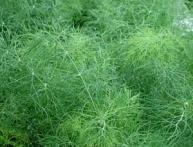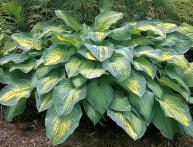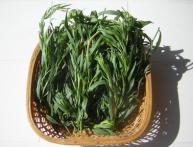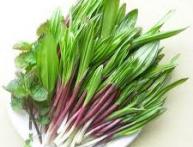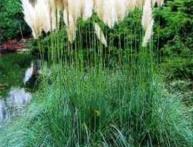Mountain lavender is a beautiful and useful plant
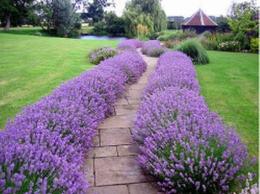
Lavender in the wild prefers to grow on mountain slopes or hills; it is common in Mediterranean countries, as well as in the Canary Islands. This herbaceous shrub belongs to the Lamiaceae family; its genus includes almost 25 species. In home gardening, mountain lavender is widely used for decoration:
- discount
- rockeries
- rock gardens.
Lavender is a biennial plant, its height can reach 70 cm; the grayish-gray well-branched stems and bluish-gray flowers collected in apical inflorescences give the plant a special decorative appearance.
Growing lavender is not difficult; the plant is unpretentious, but prefers drier areas well lit by the sun. Suitable soils are neutral or alkaline, sandy or even dense.
Mountain lavender blooms from the beginning of July to the end of August; by autumn, boxes with seeds form in place of the flowers.
For propagation, plants use stratified seeds; especially valuable varieties can be propagated by cuttings. Seeds are sown in open ground before winter, or the plant can also be planted as seedlings. To do this, in early February you need to sow the seeds in pots. Do not be alarmed if shoots do not appear for a long time - in room conditions, the first shoots may appear in one and a half to two months. Gardeners need to remember that lavender’s roots are shallow and can freeze along with the soil. The plant needs mulching or shelter.
In addition to its visual appeal, mountain lavender has practical applications.
- It is used as a flavoring agent in the production of perfumes.
- From the flowers and leaves of the plant, a valuable product is obtained - lavender oil, which is widely used in folk medicine and homeopathy.
- The calming properties of lavender are well known, which are effective in treating neuroses and insomnia.
- Dried lavender flowers placed in a closet will give a pleasant fresh smell to clothes and protect them from voracious moths.



